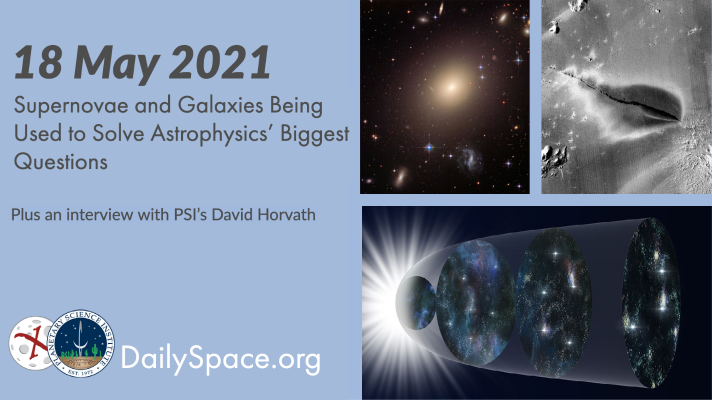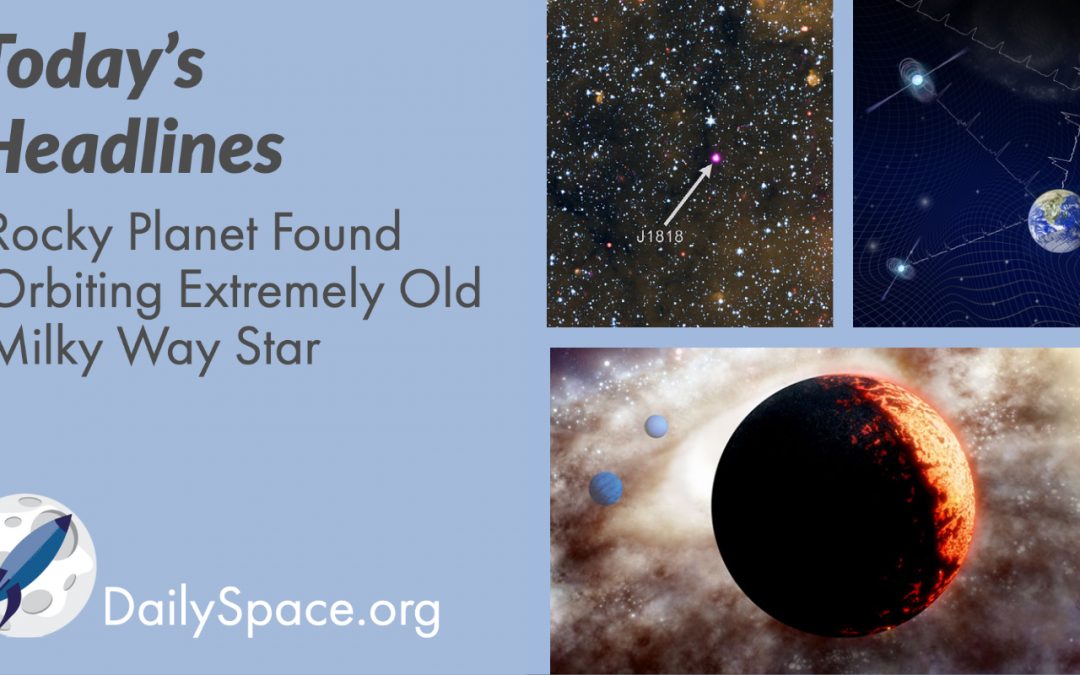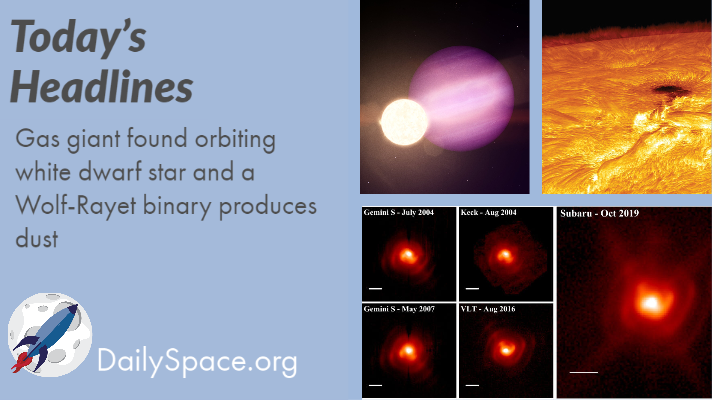
Mar 24, 2022 | Asteroids, Cassini, Crewed Space, Daily Space, Galaxies, Gemini North, JAXA, Random Space Fact, Rockets, Saturn, Science, Space History, Spacecraft
After detecting high levels of organic matter using remote sensors at the asteroid Ryugu, numerical models show that it’s possible that rubble pile asteroids are actually extinct comets. Plus, the Cosmic Optical Background, Enceladus’s tiger stripes, and this week in rocket history, we look back at STS-45.

May 19, 2021 | Black Holes (Stellar), Daily Space, Dark Matter, Galaxies, Gemini North, Guest Interview, Mars, Neptune, Physics, Stars, Supermassive Black Holes, Uranus
Two new studies are attempting to solve a couple of big puzzles in astrophysics: Is the Hubble constant actually constant? And why do galaxies have flat rotation curves? Plus, a young star’s circumstellar disk, the search for stellar-mass black holes, magnesium in the deep waters of Neptune and Uranus, and an interview with PSI scientist David Horvath regarding possibly active volcanism on Mars.

May 14, 2021 | Black Holes (Stellar), Brown Dwarf, Daily Space, Earth, Gemini North, Jupiter, Mars 2020, Perseverance, Sky Watching, Stars
A tiny black hole, only three solar masses, has been found inside the Milky Way in the constellation Monoceros. One of the smallest black holes ever found, it is also the closest one to Earth. Plus, Perseverance, Gaia, a brown dwarf, new images of Jupiter, seismic monitoring from space, and this week’s What’s Up.

Jan 13, 2021 | AAS, Daily Space, Exoplanets, Galaxies, Gemini North, Kepler, Neutron Stars / Pulsars, Physics
Researchers using NASA’s TESS and the Keck Observatory found a rocky planet orbiting a 10-billion-year-old star in the Milky Way, up in the galaxy’s thick disk. Plus more planetary news from the AAS Winter Meeting, a magnetar, colliding galaxies, and gravitational wave news.

Oct 7, 2020 | Daily Space, Gemini North, Mars, Nebulae, Star Forming Region, Supermassive Black Holes
Research from our home Planetary Science Institute shows that the dune fields on Mars provide solid evidence for lithification and burial. Plus, Carina Nebula has been imaged with adaptive optics and looks amazing! And we take a look at the winners of this year’s Nobel Prize in Physics.

Sep 17, 2020 | Daily Space, Exoplanets, Gemini North, Guest Interview, Stars, The Sun, White Dwarfs
Join us today as we take a look at today’s top story – a planet has been found still in orbit around its white dwarf star even after a supernova. Then we discuss how a Wolf-Rayet binary system is a dust factory. Finally, new works show neutron stars are NOT producing all those heavy elements, the solar minimum is over, Plus special guest, Sara Seager from MIT.








 We record most shows live, on Twitch. Follow us today to get alerts when we go live.
We record most shows live, on Twitch. Follow us today to get alerts when we go live.